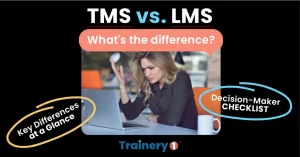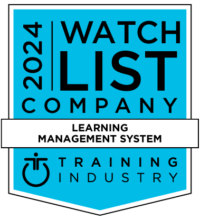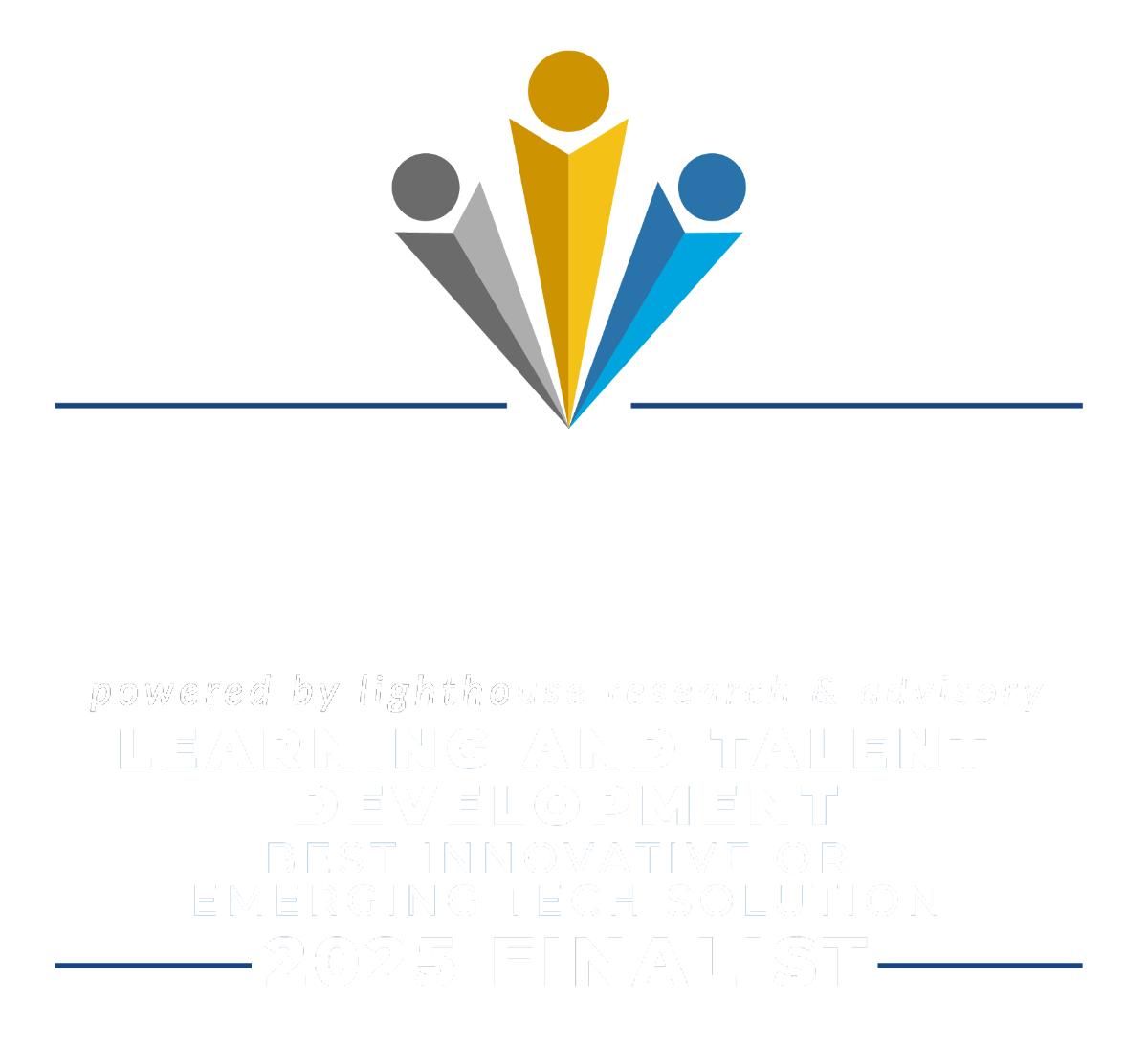Over the past few years, the news has been full with stories about gun violence, pay equity, diversity and conversations surrounding #MeToo. All of these stories have the potential to influence HR decisions and open a company for intense scrutiny, unfavorable press, and damage to the organization in ways that are oftentimes hard to quantify.
Hardly a week goes by without news of another mass shooting and gun violence endangering the lives of many. Workplace violence is the third leading cause of death in all industries, including General Industry—with gun violence unfortunately being only one type of workplace violence. “It can’t happen here” is too often said too late. We must make sure that all organizations are taking as many cautionary actions as possible. Are you training your workforce on what to do in the event of an active shooter event? Do you have appropriate policies in place and communicated so that employees understand what to do in any workplace violence situation?
The U.S. women’s world soccer championship has highlighted the issue of pay equity between men and women. This is not only true in the world of professional sports but also in the corporate board room and the factory floor. The EEOC has had more cases of pay equity in the past year than ever before. President Obama signed the Lilly Ledbetter Act of 2009 on his first day in office helping to ensure fair pay and pay equity between men and women but even today, women earn on average about 80 cents for every dollar that a man earns.
Roger Ailes, Harvey Weinstein, Bill Cosby, Kevin Spacey, Al Franken. These are well known people that have been accused of sexual harassment in the workplace. Over 263 celebrities, politicians, CEOs and other famous people have been accused of sexual misconduct since April 2017 and list keeps growing day by day. When an audience of about 100 women was recently asked, “If you have ever been the victim of any type of sexual harassment or inappropriate behavior, please raise your hand”, about 95% did so. The #MeToo movement has empowered women in all walks of life to come forward. HR professionals are at the center of this conversation to inform, educate, and enforce policies, procedures and practices.
Why Conduct an HR Audit?
The day to day compliance regulations that HR must ensure, such as ADA, EEOC, DOL, FLSA, OSHA, immigration status, and more, each carry fines and possible criminal charges when there are missteps. Non-compliance could result in fines ranging in the millions to jail time for the owners or executive officers of the company.
Three years ago, the average U.S. business faced at least an 11% chance that they would be hit with an employment claim, and in today’s climate, those odds have dramatically increased. In 2018 the EEOC reports 76,418 individual charges were filed.
The Society for Human Resources Management (SHRM) recommends an annual review of HR policies and practices. In many ways, this is similar to other operational best practices, like the annual financial audit and review of the books that CFOs outsource each year to a third party. So why should the financial audit be any more important than the HR audit? Well, it’s not. There is just as much liability in missteps in the HR department as there are in the finance office.
In today’s environment, laws can change as fast as you can change your shoes, but laws are not the only changes that can happen. Just think of the impact any of these may have on your organization—and if they do occur, they should be triggers for an immediate HR audit.
- Major regulations or legal changes are announced.
- A merger, acquisition, sale of the business, additions or departures of key senior management.
- The business grows to the point of supervisors making hiring, discipline, promotion, demotions, transfer, or termination decisions without direct supervision of the HR department.
- The company opens new facilities in another state or country.
- Employee morale, high turnover, attendance or excessive discipline problems become key issues.
- The company becomes a government contractor or subcontractor.
What to Expect in an HR Audit
The amount of time involved, and the effort required will depend on the size and type of your company, the type of information the organization hopes to glean from the audit, the scope of the audit, and the number of people included on the audit team.
At the conclusion of the review, findings are typically documented in a written report with recommendations that are prioritized based on the risk level assigned to each of them (high, medium, low). From this analysis, a roadmap for action can be developed to determine the order in which to address the issues raised in the HR audit.
Many employers—especially those with a smaller workforce—tend to assume that an HR audit isn’t necessary. No matter what the size of the organization, a good HR audit not only identifies potential issues, it will identify gaps that can cause problems as the company grows.
An HR audit helps you plan for the future, and is an investment in one of your most important assets: people. It not only helps you prevent problems, but helps you better understand how to more effectively recruit, develop, and retain talented individuals.
To learn more about HR audits, contact an HR professional at JER HR Group.







